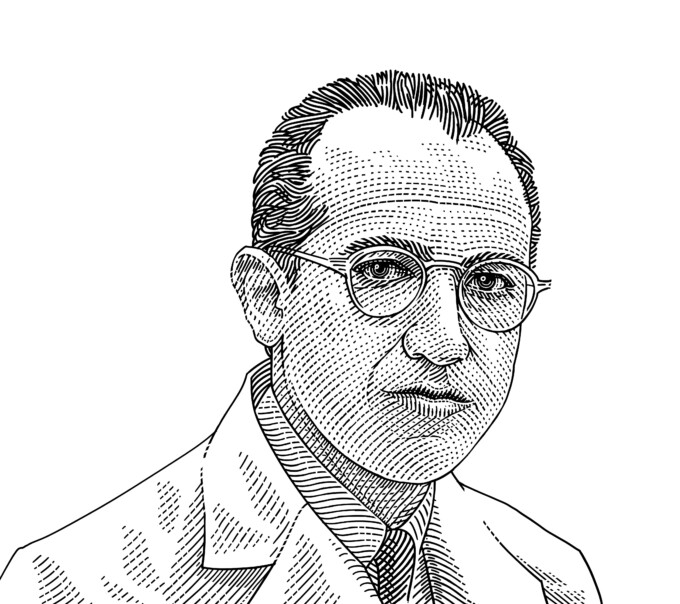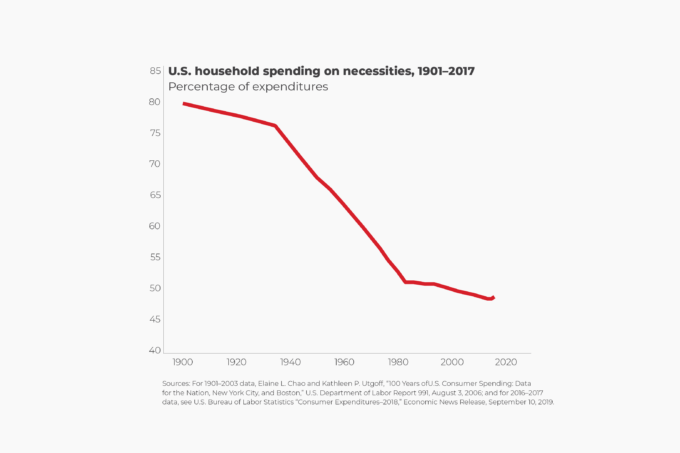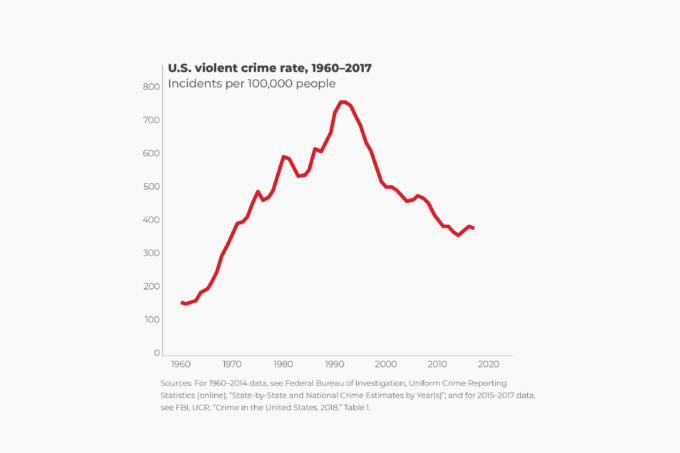Vaccines are among the most effective healthcare innovations ever devised. A November 2013 New England Journal of Medicine article—which drew on the University of Pittsburgh’s Project Tycho database of infectious disease statistics since 1888—concludes that vaccinations have prevented 103 million cases of polio, measles, rubella, mumps, hepatitis A, diphtheria, and pertussis since 1924.
According to Dr. Donald S. Burke, a coauthor of the study, over the past century, vaccination has likely prevented deaths of between 3 million and 4 million Americans, and has greatly reduced hospitalization rates and the sheer misery of illness.
The Centers for Disease Control and Prevention reports that before the vaccine era, nearly all children got measles by the time they were 15 years old. In the United States, the disease infected 3 million to 4 million people, hospitalizing 48,000 and killing between 400 and 500 each year.
In the prevaccine era, the annual infection rate of pertussis (whooping cough) was 817 per 100,000, mostly children under 5 years old, averaging about 7,300 deaths per year.
In the early 1950s, before a vaccine was licensed, the number of paralytic poliomyelitis cases averaged 24,000 annually and resulted in 1,500 deaths per year. The last case of polio originating in the United States was in 1979. The chart on this article shows the rate of infections before and after vaccines for pertussis, polio, measles, mumps, rubella, and hepatitis A were introduced.







